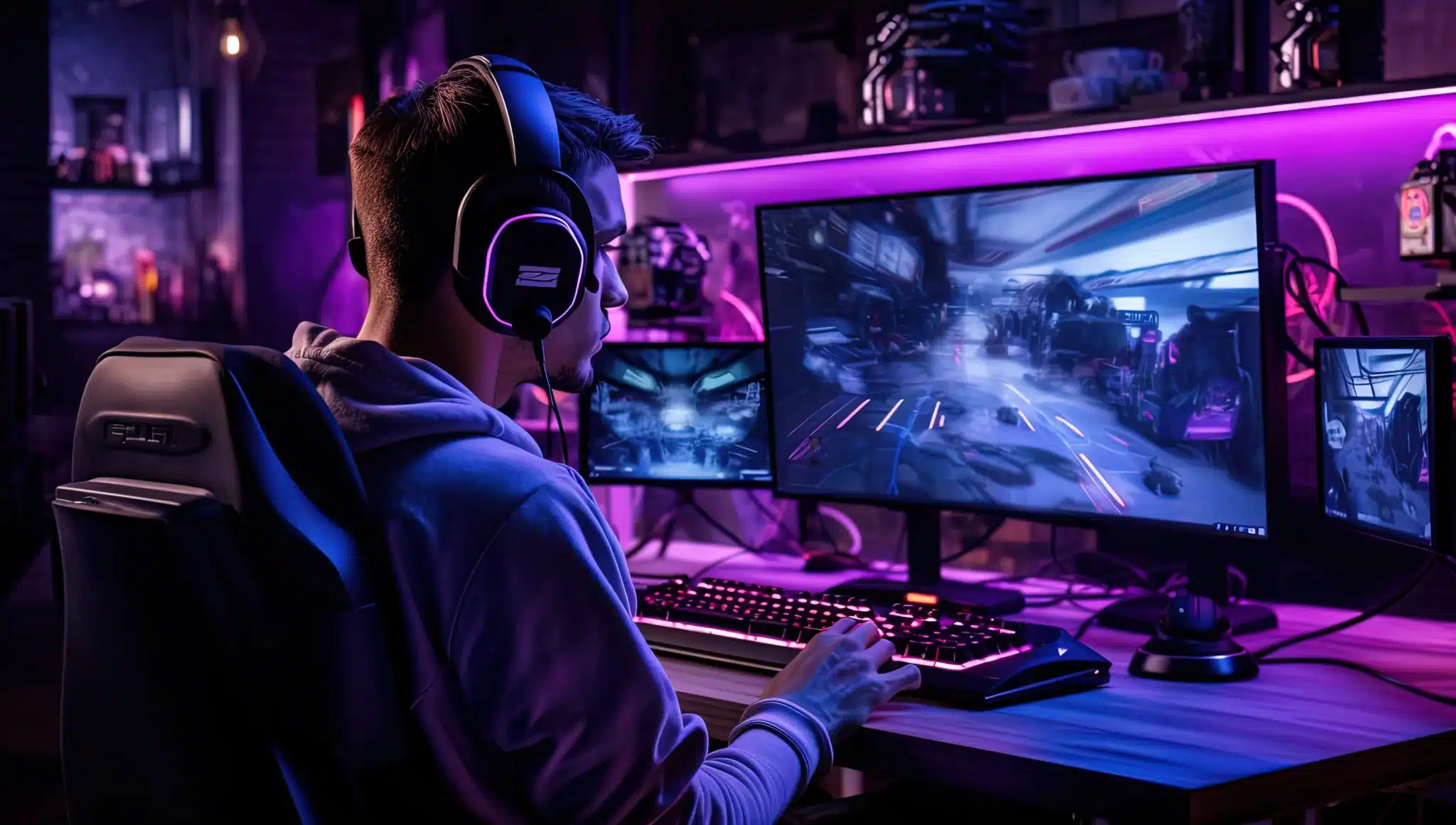For gamers, the monitor is not just a display; it’s the window to other worlds, battlegrounds, and adventures. It’s where graphics come to life, and the game feels real. But with the myriad of options out there, how do you choose the right one? This guide aims to demystify the process, ensuring you make a choice that suits your gaming style and needs perfectly.
Resolution: The Detail in the Display
The first thing to consider is resolution. In simple terms, the higher the resolution, the more detailed your game will look. Most gamers will find 1080p (Full HD) sufficient, but for those craving sharper images, 1440p (Quad HD) or even 4K (Ultra HD) might be worth considering. Remember, higher resolutions require more powerful graphics hardware to maintain smooth frame rates.
Refresh Rate: Keeping Up with the Action
Refresh rate, measured in Hertz (Hz), indicates how many times per second the screen updates. Standard monitors offer 60Hz, which is fine for casual gaming, but competitive gamers will benefit from 144Hz or even 240Hz monitors, providing a much smoother experience and a crucial edge in fast-paced games.
Response Time: Reducing Blur
Response time measures how quickly a monitor can change individual pixels from black to white or from one shade of gray to another. Lower response times mean less motion blur and clearer, more precise visuals. Look for a monitor with a response time of 5ms (milliseconds) or lower for gaming.
Panel Type: Color and Viewing Angles
The type of panel your monitor uses can affect colors and viewing angles. IPS (In-Plane Switching) panels offer the best color accuracy and wide viewing angles, making them ideal for games with vibrant graphics. TN (Twisted Nematic) panels have faster response times and are more affordable, suitable for competitive gaming. VA (Vertical Alignment) panels provide a middle ground with better contrast ratios.
G-Sync and FreeSync: Smooth Sailing
NVIDIA’s G-Sync and AMD’s FreeSync technologies help reduce screen tearing and stuttering by synchronizing the monitor’s refresh rate with the GPU’s output. If you’re using an NVIDIA card, look for G-Sync support; for AMD, FreeSync. These features can significantly enhance your gaming experience, particularly in fast-moving scenes.
Size and Curvature: Immersion Factors
Monitor size is largely a matter of personal preference and desk space. However, for gaming, 27-inch displays strike a good balance between visual immersion and practicality. Curved monitors offer enhanced immersion by bringing the edges of the display closer, wrapping your visual field. They’re particularly effective for racing games and flight simulators.
Connectivity: Plugging Into Your Setup
Ensure your monitor has the right ports for your PC’s graphics card. HDMI and DisplayPort are standard, but if you’re looking to connect multiple devices, additional ports might be necessary. Also, consider whether you need a monitor with USB ports for connecting peripherals.
Making Your Choice
Choosing the right gaming monitor comes down to understanding your gaming preferences and matching them with the right features. Whether you’re into fast-paced shooters, expansive RPGs, or competitive esports, there’s a monitor out there that’s perfect for you. Remember, investing in a good monitor not only enhances your gaming experience but can also go a long way in protecting your eyesight during those long gaming sessions.
With these considerations in mind, you’re well on your way to picking a gaming monitor that will transform how you play. Happy gaming!
